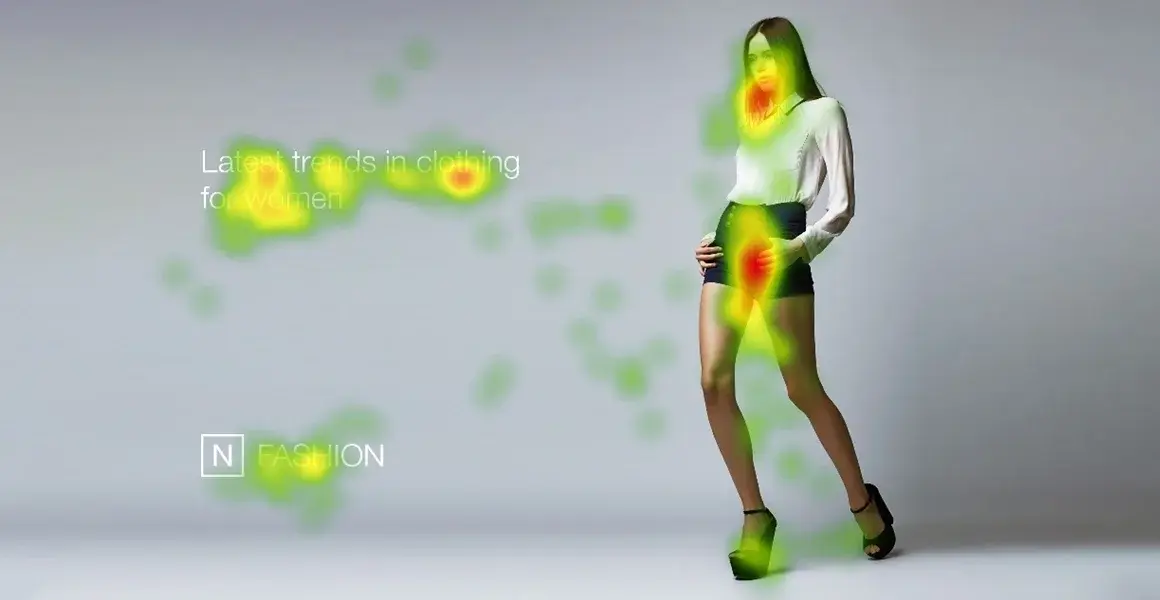The Effect of Target Audience Gender on Perception in terms of Neuro Design
Men and women, who have different perceptions in many areas of life, also differ when it comes to advertisement design. This can have negative consequences for an advertisement whose target audience is male or female.

In many areas, especially in the clothing industry, when brands determine the target audience, they first separate the audience according to its gender. They determine the appropriate strategy accordingly. They send briefs to the advertising agency accordingly. At this point, there are issues that the agency should pay attention to while preparing visual designs. One of these issues is the differences in perception between men and women. In today's article, we will talk about advertisement design according to gender difference through neuromarketing dynamics.
By nature, men and women paint a contrasting picture in many areas. The source of this difference is how we perceive our environment. The male brain follows a more systematic route for analysis. The female brain, on the other hand, is more focused on empathy. This situation causes differences in what women and men see in the advertisement. This differentiation is an important point in reaching the target audience for the message the brand wants to give in the ad or the figure it wants to show…
The Effect of Target Audience Gender on Perception
Let's examine this situation through examples. In this advertisement addressed to women, both male and female subjects focused heavily on the figure's face. On the other hand, men look more at the slogan placed at eye level. Female subjects, on the other hand, focus on the figure's face.
In this respect, the fact that the face of the female figure draws more attention than necessary in an advertisement for a female target audience prevents the message from reaching. Considering the target audience of the advertisement, this indicates an unsuccessful advertisement in terms of neuro design features.
In this ad, unlike the first ad, the figure is placed full length.
Both male and female subject groups looked at the face less than the first advertisement. In this way, they saw the slogan on the advertisement. In addition, the female subject group also examined the shoes worn by the woman, unlike the men.
Based on this information, we can say that the smaller use of the figure's face and the lack of attention allowed the subjects to focus on other information in the advertisement. The more fine detail on the face, the more attention the female subjects are to the face.
Also, the face of the figure is in the background. However, the shoes and skirt in the advertisement attracted more attention from women. This is one of the results that a clothing brand desires.
Neuro Design and Target Audience
Considering this information, it is obvious that the advertisement, in which the target audience is determined as women, is more efficient than the dynamics of neuromarketing.
In this advertisement work, the figure is again positioned as full length. But his face is towards the text and the front of his body is towards the camera.
In the advertisement, both male and female subjects focused on the content. However, the face of the figure occupies a small space in the advertisement. We cannot say that the subjects were affected by the figure's gaze, as their eyes are not visible. You can read our Neuromarketing Examples II article for more information about the ad perspective.
In addition, both groups of subjects focused more heavily on the sexual regions than they focused on the message and the face. This may be an undesirable result for the brand.
The purpose of advertisements is sometimes to create a perception, sometimes to promote the brand, and sometimes to give a message. It is possible that this message is a promotion, discount or brand statement. Accordingly, the brand may want the figure's face or clothes to be presented to the attention of the consumer. Therefore, first of all, it is necessary to be meticulous during the project phase. It is imperative that the brand clearly determine what the element it wants to highlight is. Then the photo shoot should take place accordingly.
To summarize,
In an advertisement that does not take into account neuromarketing dynamics, even small details make it difficult for the message to reach the target audience. In fact, advertisements attract the attention of the consumer for only a few seconds. In today's communication world, unpredictable elements can damage the images of brands. For this reason, it is important that marketing studies are fed with neuro-design features and all kinds of data.
If you liked our article, please don't forget to share it!